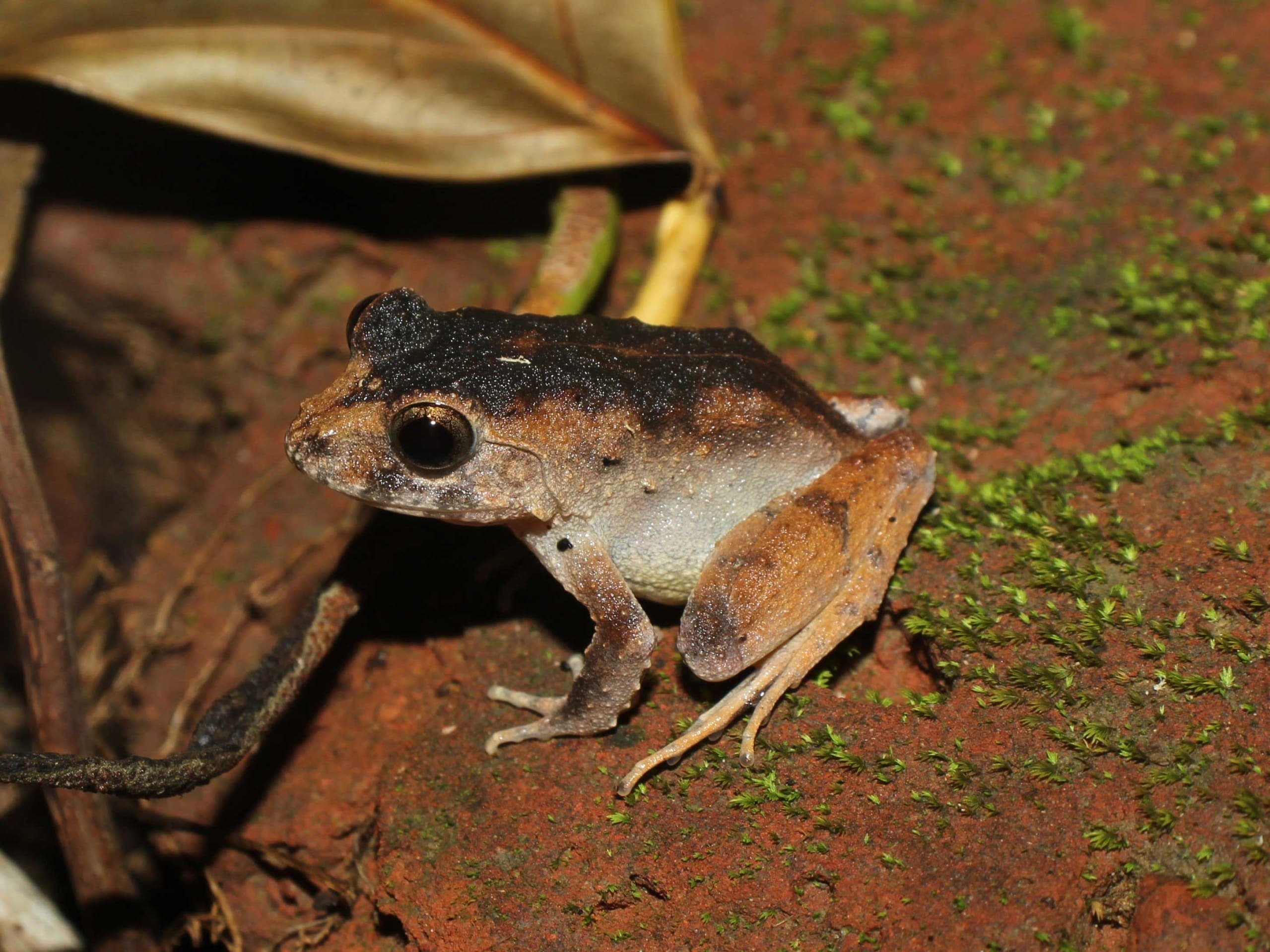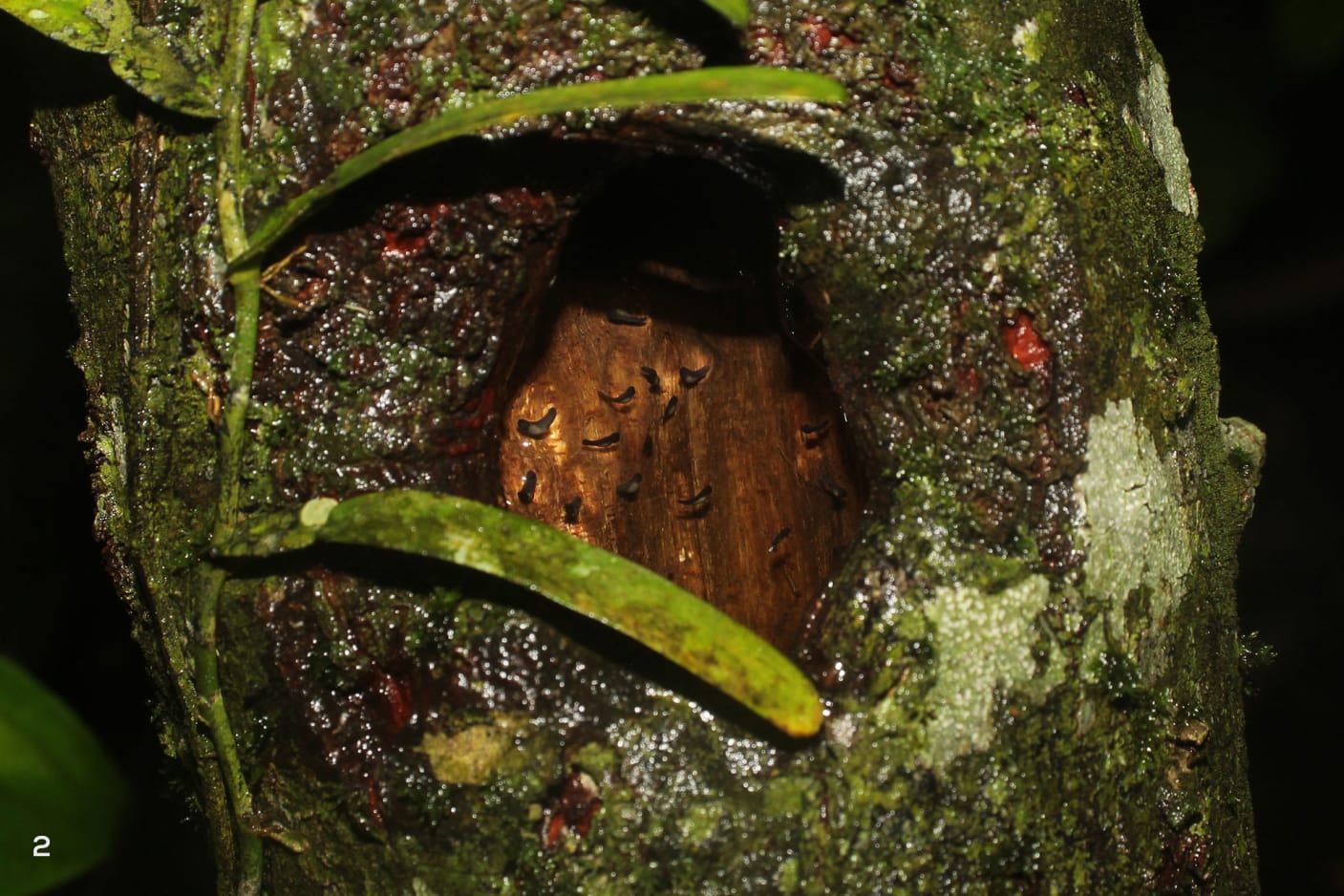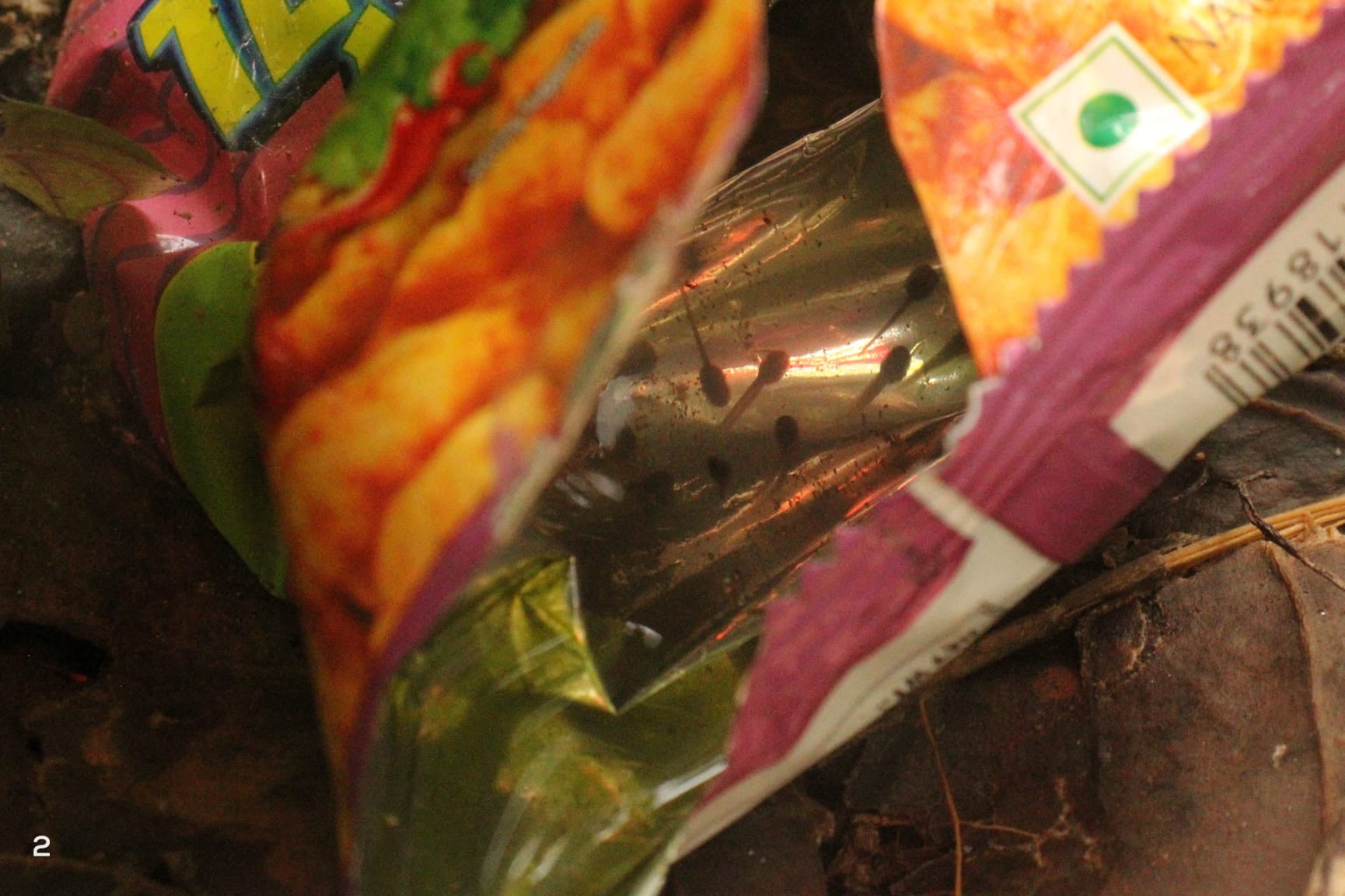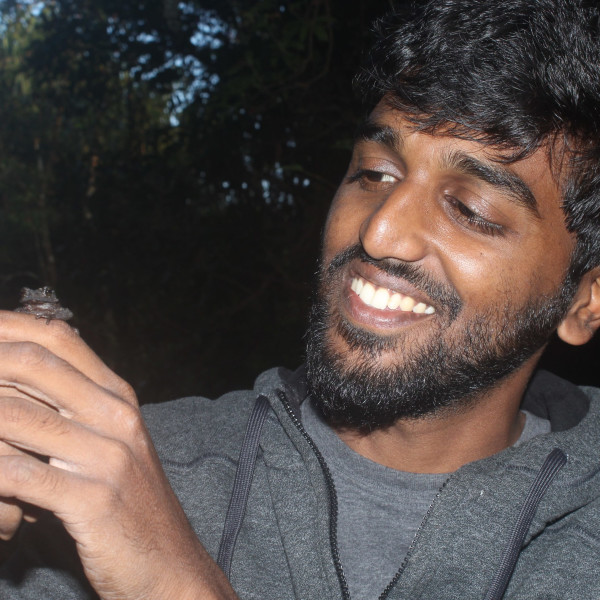 Listen to this article
•
15:34 min
Listen to this article
•
15:34 min
The Andaman Islands are renowned for their pristine beaches teeming with vibrant coral reefs and colourful fishes, attracting thousands of tourists each year. However, beyond these picturesque beaches lie lush evergreen forests that harbour an incredible range of endemic diversity.
It was in one of these dense evergreen forests that my field assistant, Ranajit, and I set out in search of a rare and threatened frog species in May 2022. It was a perfect evening for finding frogs; the monsoon had just begun, and a gentle drizzle fell as we walked the forest paths. As the sunlight started fading, a steady chorus of frog calls echoed through the forest.
And we heard it. Amongst the regular “treack-treack” calls of the Andaman frog (Minervarya andamanensis), we heard a slightly soft-pitched call that almost sounded like a puppy. We pointed our torches toward the call and started looking for the source. Ranajit gave me a puzzled look as I looked in tree holes while he was searching the forest floor. Though he’d lived all his life in the Andamans, he had not seen tree frogs. Don’t frogs usually stay on the grou…? he started to say. Before he could finish his question, the frog answered him with a call from a tree hole nearby, and we both saw it simultaneously.
Living on the forest floor but breeding in tree holes, this evolutionary wonder is named in honour of the father of evolution, Charles Darwin. Minervarya charlesdarwini, commonly known as Charles Darwin’s frog, is an Evolutionarily Distinct and Globally Endangered (EDGE) species. This is the only species amongst its group known to nest in tree cavities. Adding to its uniqueness, the species also exhibits polymorphism, i.e., it displays variations in colour and pattern among individuals.
Over the years, this species has adapted to breeding in tree holes and developed specific morphological characteristics: reduced toe webbing, smaller body size, and a shorter metamorphosis period than its closest relative, the Andaman frog.
This tree nesting behaviour is also seen in another endemic species from the region, the Andaman bush toad (Blythophryne beryet), an adaption that was perhaps to overcome the competition for nesting spaces due to the scarcity of freshwater bodies in the Andaman Islands. However, this survival strategy seems to be working in the opposite direction due to anthropogenic (human-induced) activities.
Due to their specific needs, certain species, often termed “specialists,” are considered more susceptible to threats than “generalist” species (that can live in different environments and have a varied diet). For Charles Darwin’s frogs, which rely on shaded small containers of water such as tree cavities to breed and are restricted to mature forests, habitat loss is taking a toll on them. Like numerous amphibian species worldwide, this frog, which may have once had a wider distribution range thriving across the Andaman Islands, is now only found in select areas due to habitat degradation. Frogs, in general, play a crucial role in the food chain, and threats to their existence have broader implications. Organisms dependent on them may also face challenges, potentially disrupting the intricate balance of the ecosystem.
Recently, a small part of a forest was cleared to create a parking lot in one of my field sites in South Andaman Island. The trees (with cavities) in these areas were abruptly replaced by empty chip packets on the ground. Since this habitat loss coincided with their peak breeding season, the Charles Darwin’s frog was left with no other option but to lay eggs in the water-logged snack packets.
However, the survival rate of these eggs is significantly diminished due to the lack of shade and camouflage offered by the native vegetation. This underscores the significance of the habitat for the survival of this frog. There is no alternative to the forest and the services it provides. Destruction of these delicate habitats could severely affect these unique and threatened species. However, thanks to tribal protection laws (The Andaman And Nicobar Islands [Protection Of Aboriginal Tribes] Regulation, 1956 No. 3 of 1958) a large part of the Andaman Islands is currently protected, providing hope for the continued survival of this species.









